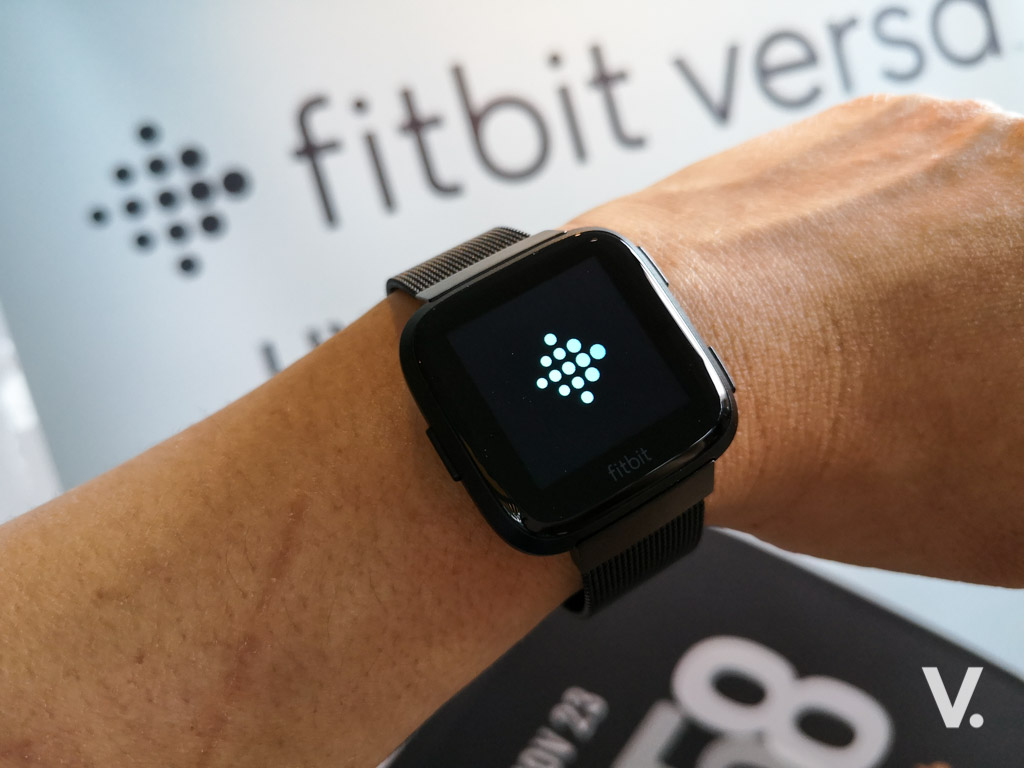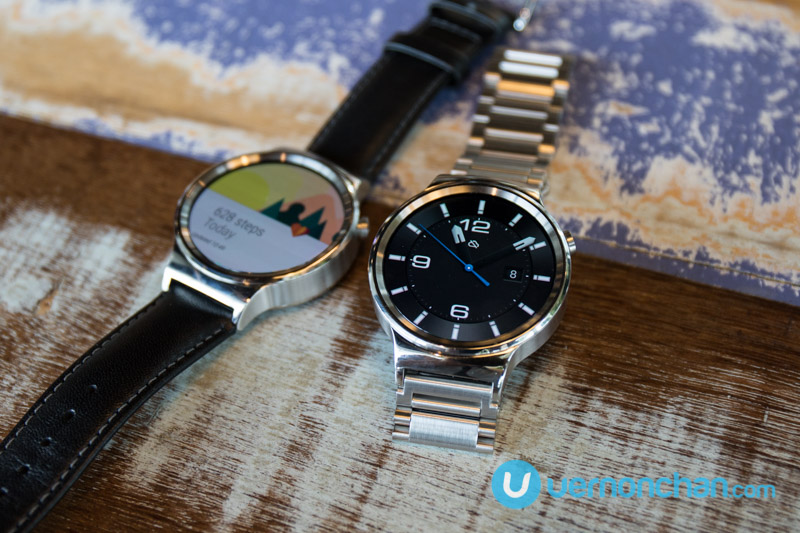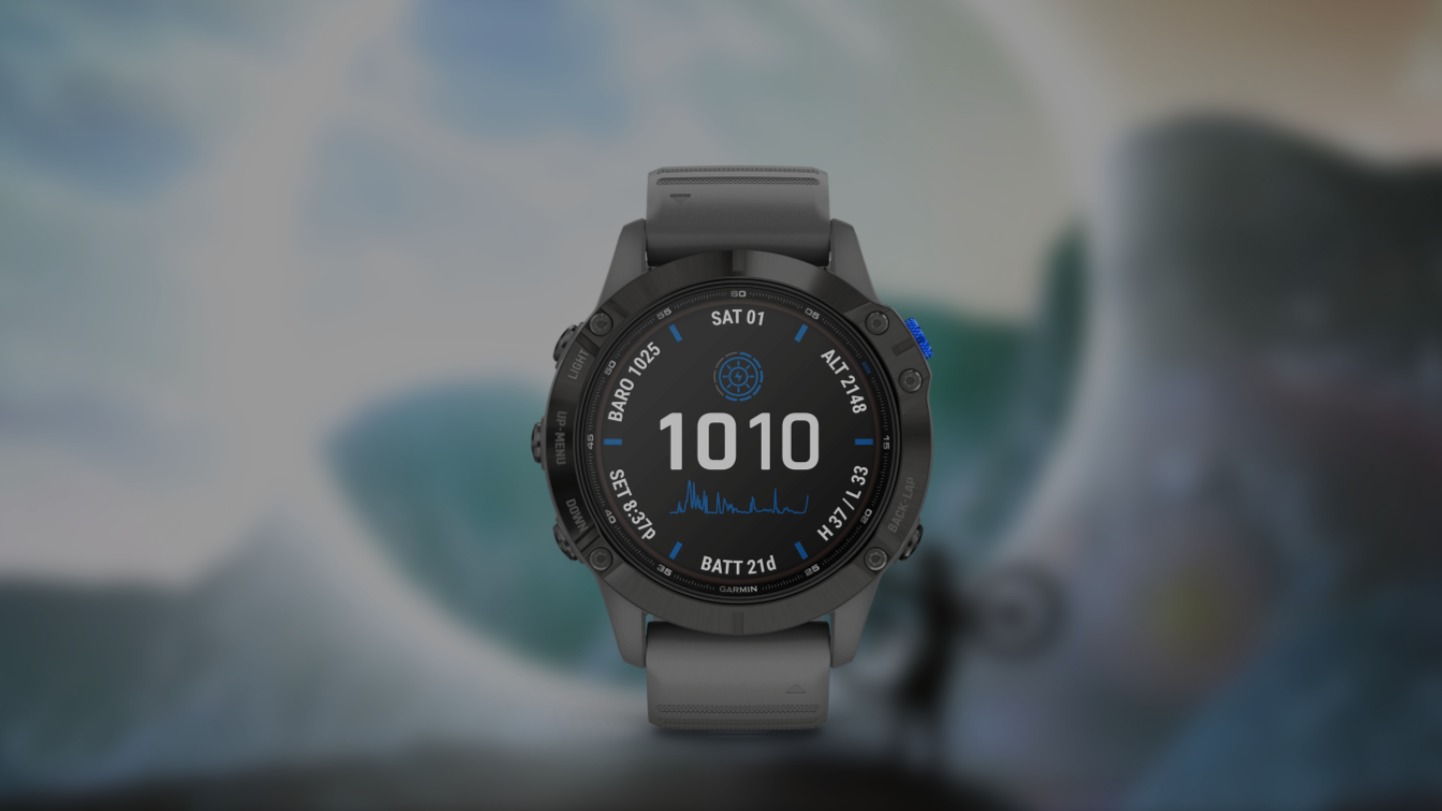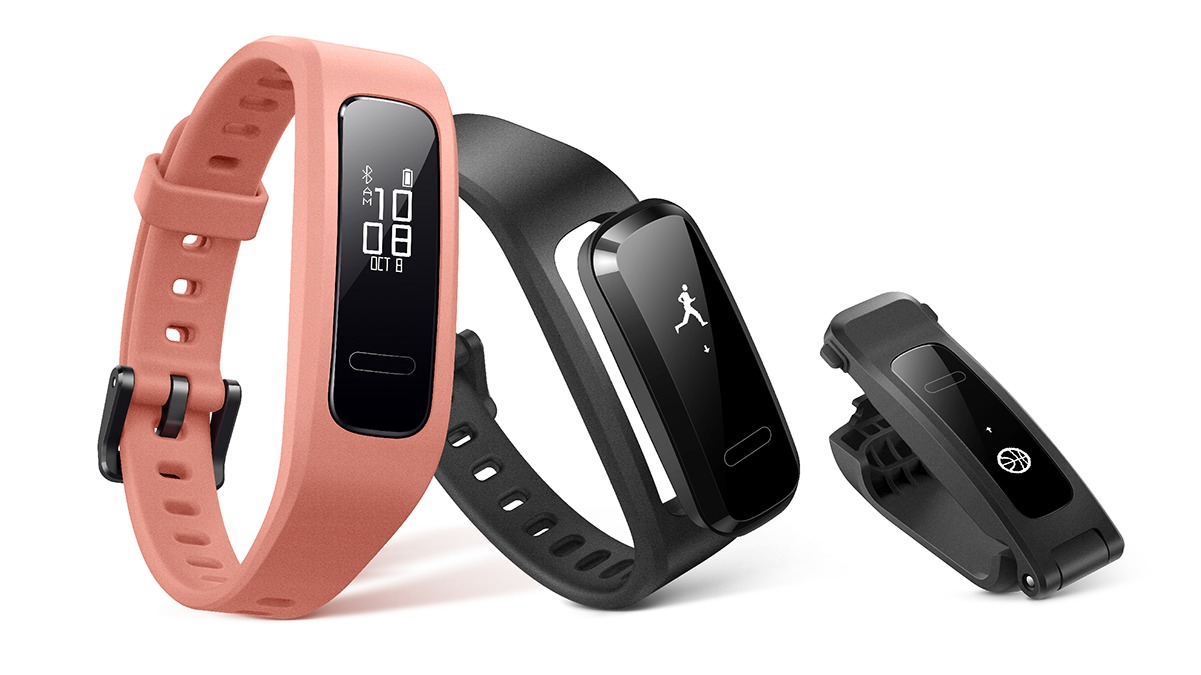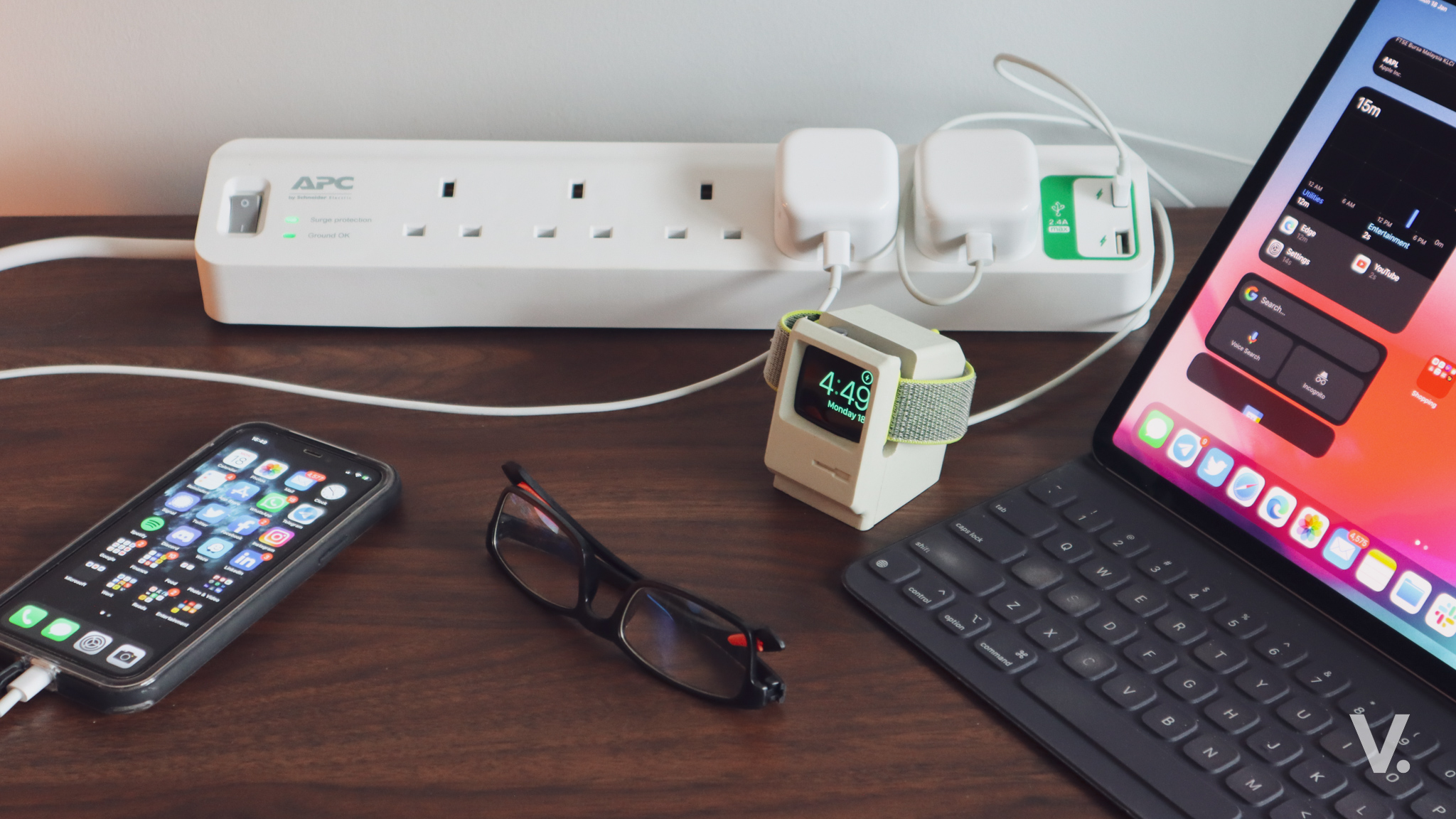A new study published in The Lancet Digital Health journal demonstrates the potential of data from wearable devices like Fitbit to improve real-time prediction of influenza-like illnesses.
Influenza results in 650,000 death worldwide annually. Approximately 7 percent of working adults and 20 percent of children aged under five years get flu each year.
Researchers from Scripps Research Translational Institute, USA embarked on the first study to evaluate de-identified data from Fitbit devices on resting heart rate (RHR) and sleep and found improved real-time prediction of influenza-like illnesses in five US states compared to current surveillance methods.
Previously, past studies used crowdsourced data such as Google Flu Trends and Twitter, which tend to overestimate rates during epidemics.
The researchers reviewed de-identified data from 200,000 users who wore a Fitbit wearable device that tracks users’ activity, heart rate and sleep for at least 60 days. The study was conducted from March 2016 until March 2018.
According to the National Institutes of Health-funded study, from the total number of users, 47,248 users from California, Texas, New York, Illinois and Pennsylvania wore a Fitbit device consistently during the study period. A total of 13,342,651 daily measurements were evaluated.
The average user was 43 years old and 60 percent were female.
Fitbit users, including those whose data are included in the study, are notified that their de-identified data could be potentially used for research in the Fitbit Privacy Policy.
Users’ average resting heart rate and sleep duration were calculated, including deviations to this to help identify when these measurements were outside of an individual’s typical range. During each week, a user was identified as “abnormal” if their weekly average resting heart rate was above their overall average (by more than a half or a full standard deviation). Also, their weekly average sleep was not below their overall average (by more than half a standard deviation).
This data was then compared to weekly estimates for influenza-like illness rates reported by the US Centers for Disease Control (CDC).
This is the first time heart rate trackers and sleep data have been used to predict flu, or any infectious disease, in real-time.
With greater volumes of data, it may be possible to apply the methodology to more geographically-refined areas, for instance, county or city-level.
The study is a promising first step towards harnessing real-time big data from Fitbit and other fitness trackers to enhance and enrich infectious disease forecasts.
You can download the study here.


